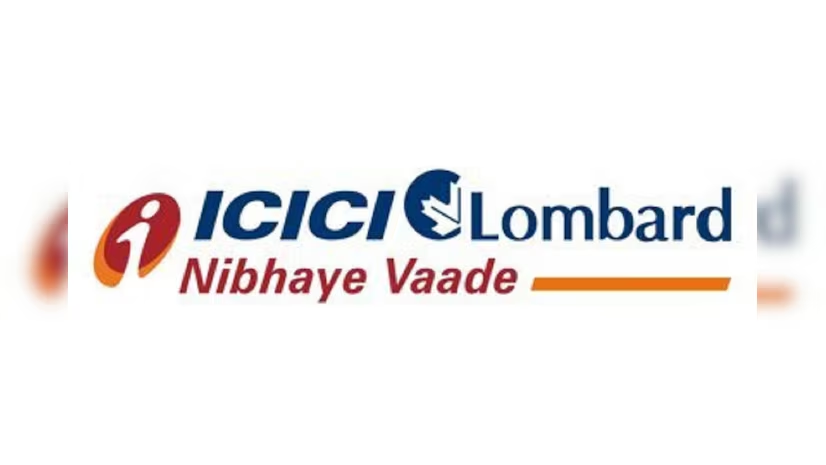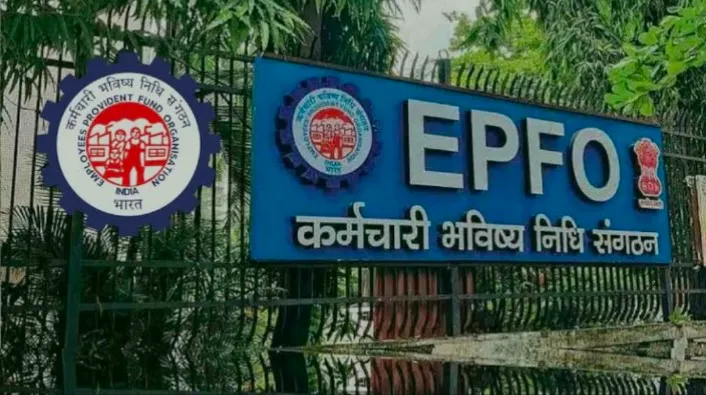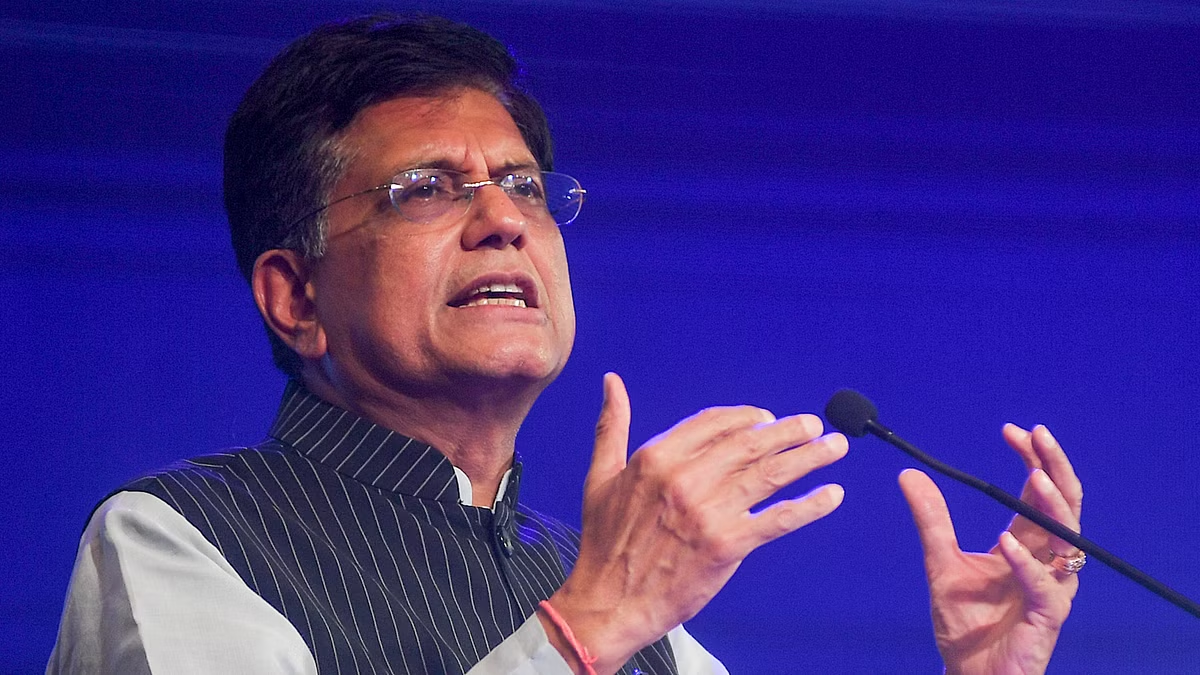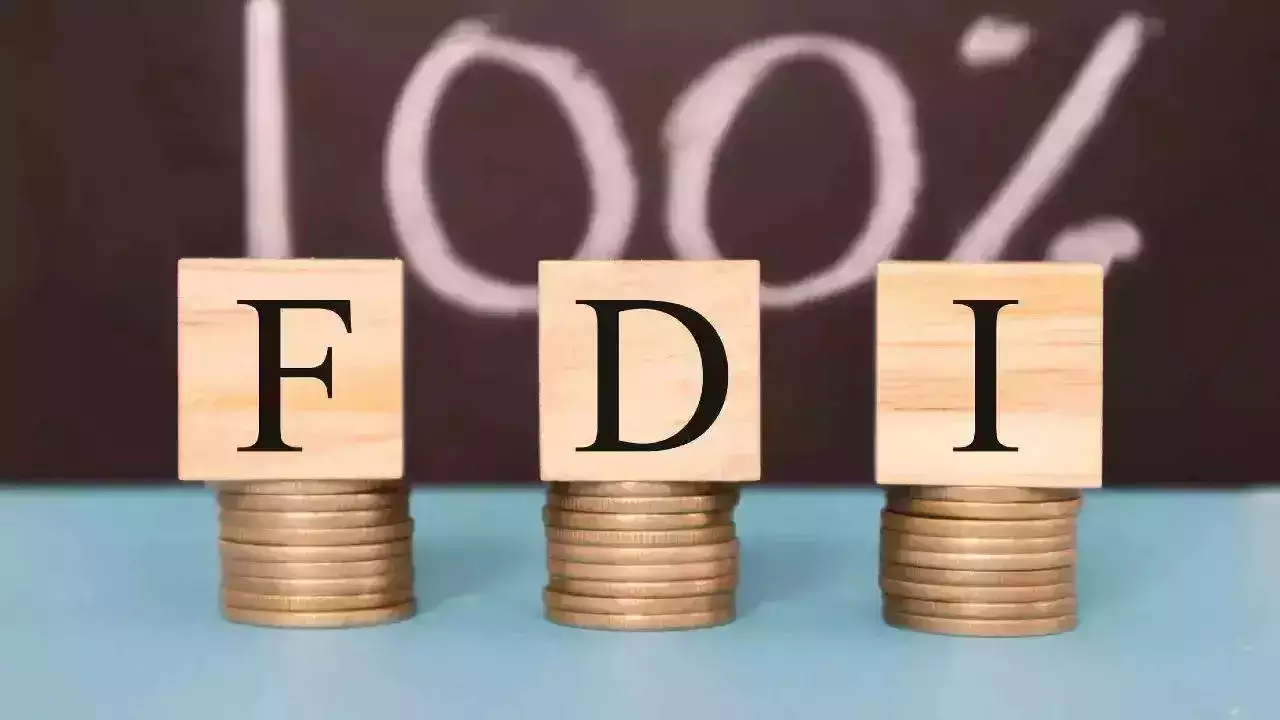Share
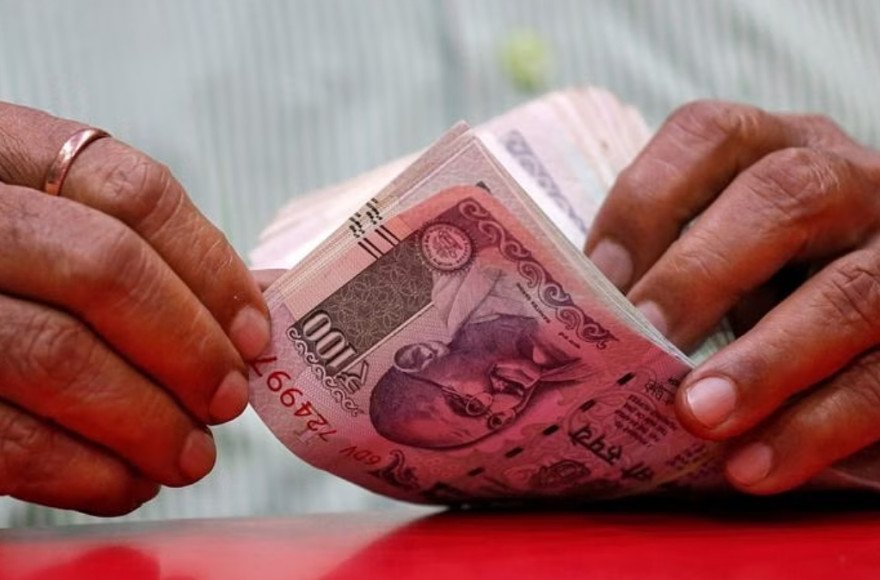
The fiscal deficit, which reached a record high of 9.2% of GDP in Covid-hit FY21, has been brought down to 5.6% in FY24 and is projected to be 5.1% in the FY25 interim Budget presented on February 1. The Budget for 2024-25 should focus on fiscal rectitude while providing for social welfare, capital expenditure, and job creation through schemes and contain inflation, economists told Finance Minister, Nirmala Sitharaman on Wednesday. In her first pre-Budget consultation, Sitharaman met over a dozen economists including National Co-Convener of Swadeshi Jagaran Manch Ashwani Mahajan, Institute for Studies in Industrial Development (ISID) Director Nagesh Kumar, Crisil chief economist Dharmakirti Joshi, Goldman Sachs India chief economist Santanu Sengupta and former chief statistician TCA Anant. Fiscal deficit is already in control. The focus of the Government has been and should be on fiscal prudence and that is the way forward because inflation, if it occurs, affects the poor man the most.
So, if we are talking about welfare schemes, these can come even with fiscal prudence as the Government has already shown in the last few years. The higher-than-expected dividend of Rs 2.11 trillion from the Reserve Bank of India (RBI) as against the budget estimate of Rs 80,000-90,000 crores could let the Centre reduce its market borrowings and fiscal deficit in FY25 or pump in more money into schemes and capex. All suggested that job creation should be kept in mind in the next budget. The Government should pursue policies which will create jobs including through housing and other schemes. The fiscal deficit, which reached a record high of 9.2% of GDP in Covid-hit FY21, has been brought down to 5.6% in FY24 and is projected to be 5.1% in the FY25 interim Budget presented on February 1. Fiscal prudence is needed to rein in inflation, adding that food inflation needs to be contained. The May CPI inflation rate stood at 4.75%, marginally down from 4.83% in the previous month. Despite moderation in the headline and core inflation, food inflation continues to remain high.
The Government should give a push to labor-intensive manufacturing through Production Linked Incentive (PLI) schemes to create jobs and boost consumption. Extend PLI to some new labor-intensive sectors like garments. Some suggested that MSMEs should be covered under PLIs. The Government will likely revamp the PLI schemes by relaxing the norms for the release of funds, bringing more sectors under the ambit and extending the benefits to MSMEs in many labor-intensive sectors like apparel, toys and furniture. Some economists appreciated the Government’s capex thrust in the past few years with such spending exceeding 3% of GDP last year and urged the Government to keep the capex momentum. On a higher base after increasing capex by over 30% in the past three years, the Centre provided an outlay of Rs 11.11 trillion for the FY25 interim budget, an increase of 16.9% over the FY24 revised estimate.



